The night sky is no longer truly dark in many parts of the world. As human civilization has expanded, artificial light has increasingly illuminated our evenings and early mornings, creating a phenomenon known as light pollution. While this brightening of the night has enabled humans to extend their activities past sunset, it has dramatically altered the environment for nocturnal and diurnal species alike. Birds, with their highly specialized visual systems and reliance on natural light cycles for migration, breeding, and feeding, face particular challenges in this artificially illuminated world. Yet, in the face of this relatively recent environmental change, many bird species are showing remarkable adaptability. This article explores the fascinating ways birds are responding to light pollution, from behavioral shifts to physiological adaptations, highlighting both their resilience and vulnerability in our increasingly illuminated world.
The Scope of Light Pollution
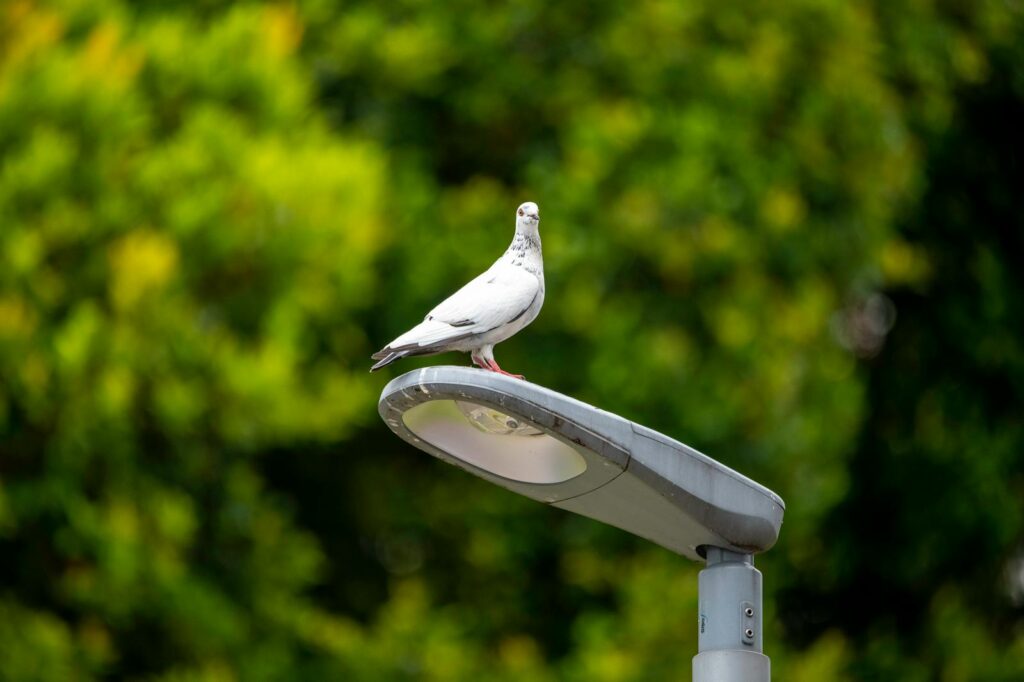
Light pollution has become so pervasive that an estimated 80% of the world’s population now lives under light-polluted skies, with that figure rising to 99% in Europe and North America. This artificial brightening comes from street lights, building illumination, vehicle headlights, and countless other sources that have become fixtures of modern human habitation. For birds, this means that natural darkness—a condition under which they evolved for millions of years—has become increasingly rare. The intensity of artificial light has increased by an estimated 2-6% annually in many regions, creating what scientists call an “ecological light pollution” that disrupts natural light patterns across landscapes. This rapid environmental change occurs at a pace far faster than evolutionary processes typically operate, forcing birds to adapt quickly or face potential population declines.
Birds’ Visual Systems and Light Sensitivity
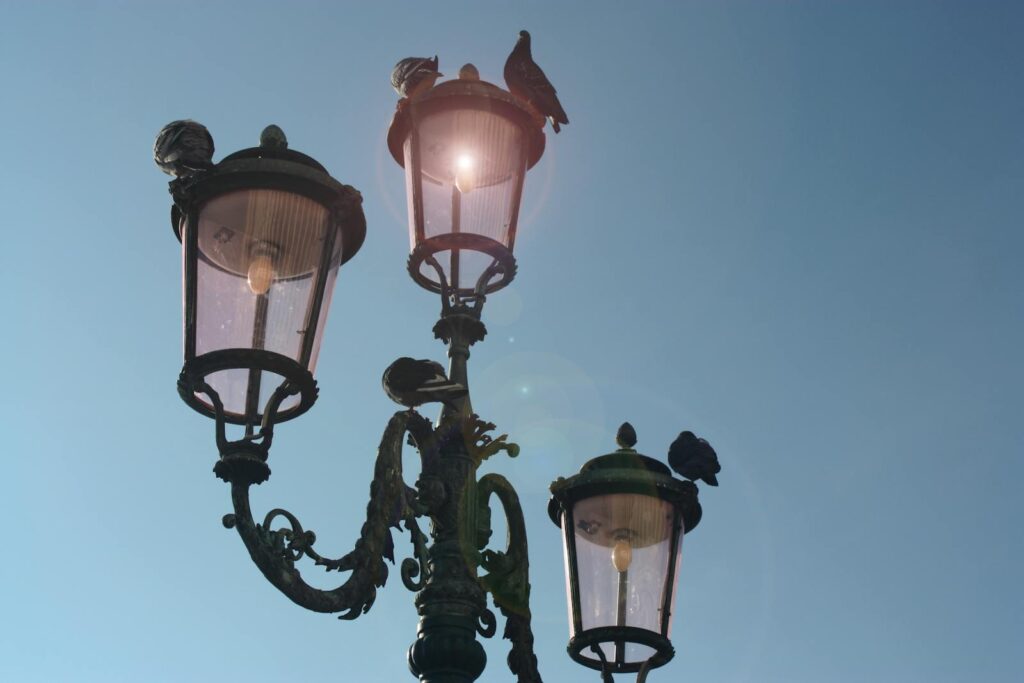
Birds possess visual systems remarkably different from humans, making them particularly susceptible to artificial light. Most bird species have tetrachromatic vision, meaning they can see in four color channels including ultraviolet light, compared to humans’ trichromatic vision. Their eyes contain a higher density of photoreceptors, allowing for greater visual acuity, and many species have specialized structures like the pecten oculi that enhance their ability to detect movement and navigate. Birds’ pineal glands, which regulate circadian rhythms through melatonin production, are highly sensitive to light, with even brief exposure to artificial light at night capable of suppressing melatonin and disrupting their internal clocks. These specialized visual adaptations that once provided evolutionary advantages now make birds particularly vulnerable to the disruptive effects of artificial lighting, creating significant challenges for species that rely on natural light cycles for their behavioral and physiological processes.
Altered Singing Patterns
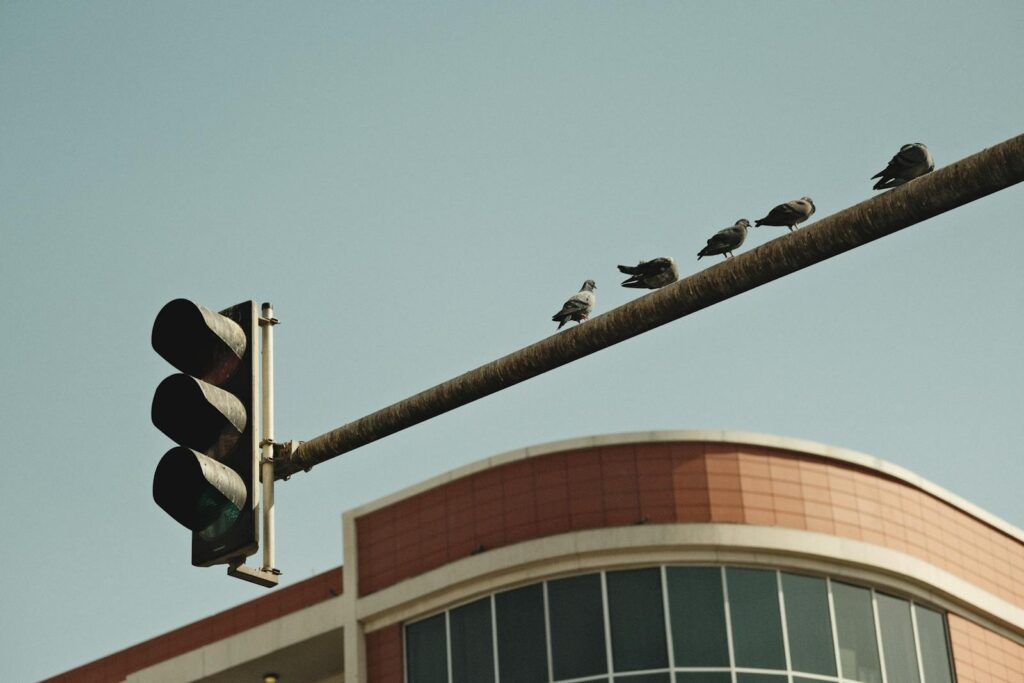
One of the most noticeable adaptations to light pollution appears in birds’ singing behaviors, with many urban species now singing earlier in the morning or even throughout the night. Research on European robins, great tits, and blackbirds has documented these species beginning their dawn choruses significantly earlier in areas with high light pollution compared to their rural counterparts. In extreme cases, birds in highly illuminated urban areas have been recorded singing throughout the night, a behavior rarely observed in natural settings. This adaptation may provide certain advantages, such as avoiding acoustic competition with daytime urban noise, but it comes at the cost of increased energy expenditure and potentially disrupted sleep patterns. Scientists have observed that the timing of dawn singing has advanced in parallel with increasing urbanization, suggesting a direct response to artificial lighting rather than a genetic adaptation passed through generations.
Changes in Foraging Behavior
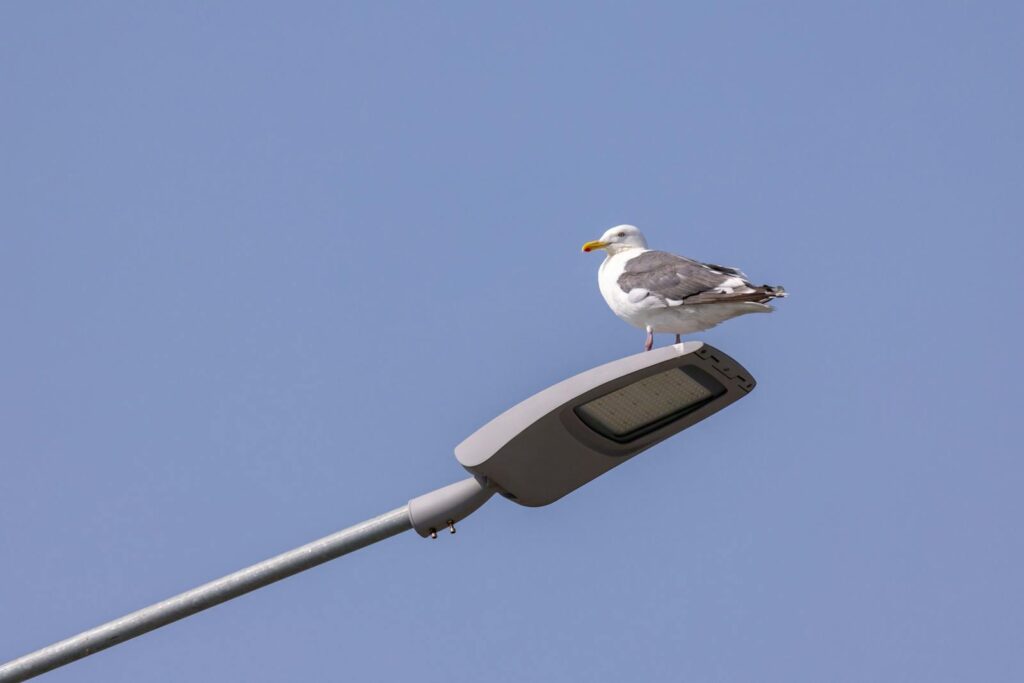
Light pollution has created novel foraging opportunities for some bird species, while disrupting natural feeding patterns for others. Insectivorous birds like swallows and nighthawks have been observed exploiting concentrations of insects attracted to artificial lights, extending their feeding times well beyond their typical crepuscular periods. In coastal environments, shorebirds have demonstrated an ability to utilize artificial lighting to forage at night, potentially increasing their overall food intake. However, this extended foraging comes with trade-offs, including increased exposure to predators and disruption to normal digestive and rest cycles. For nocturnal species like owls, light pollution can both help and hinder hunting—while illumination may make prey more visible, it can also make the predators themselves more vulnerable and disrupt the natural advantage their night vision provides in truly dark conditions.
Disrupted Migration Patterns
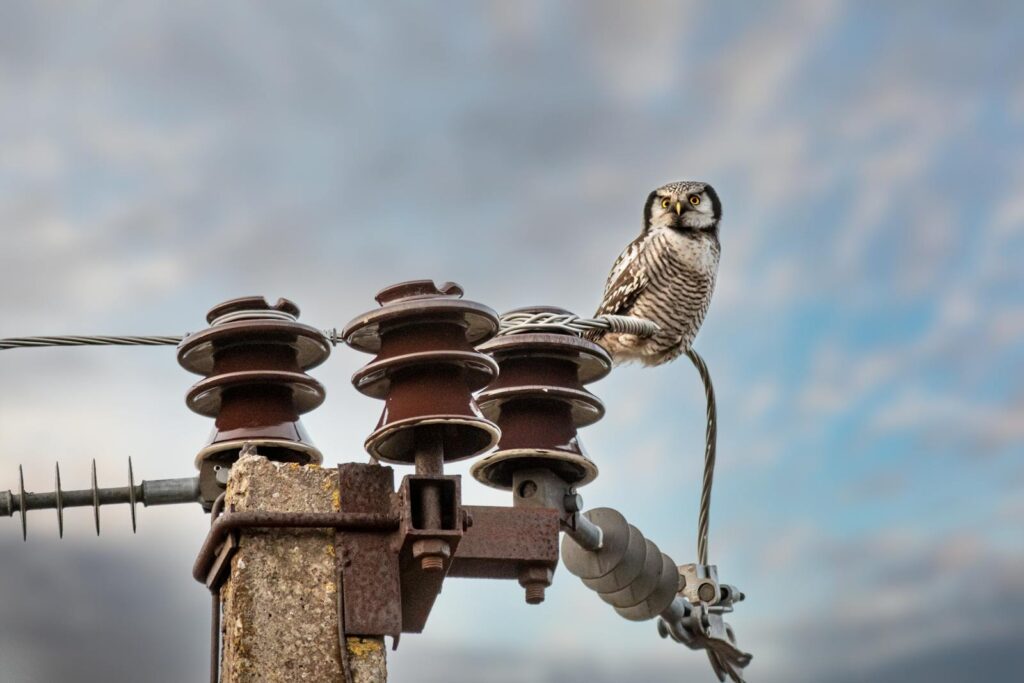
Perhaps the most documented impact of light pollution on birds occurs during migration, with many species now showing adaptive responses to navigate in illuminated landscapes. Birds that migrate at night often use celestial cues like stars for orientation, but artificial light can overwhelm these natural signals, causing disorientation. In response, some species have developed adaptations such as flying at higher altitudes to avoid ground-based light pollution or adjusting their migratory routes to circumvent brightly lit urban areas. Researchers tracking European blackcaps have noted population-level shifts in migratory behavior, with some birds now wintering in illuminated urban areas rather than making longer traditional migrations. While these adaptations show remarkable flexibility, they also come with energetic costs and may not be sustainable for all populations, particularly as climate change simultaneously alters optimal migration timing and routes.
Physiological Responses to Artificial Light
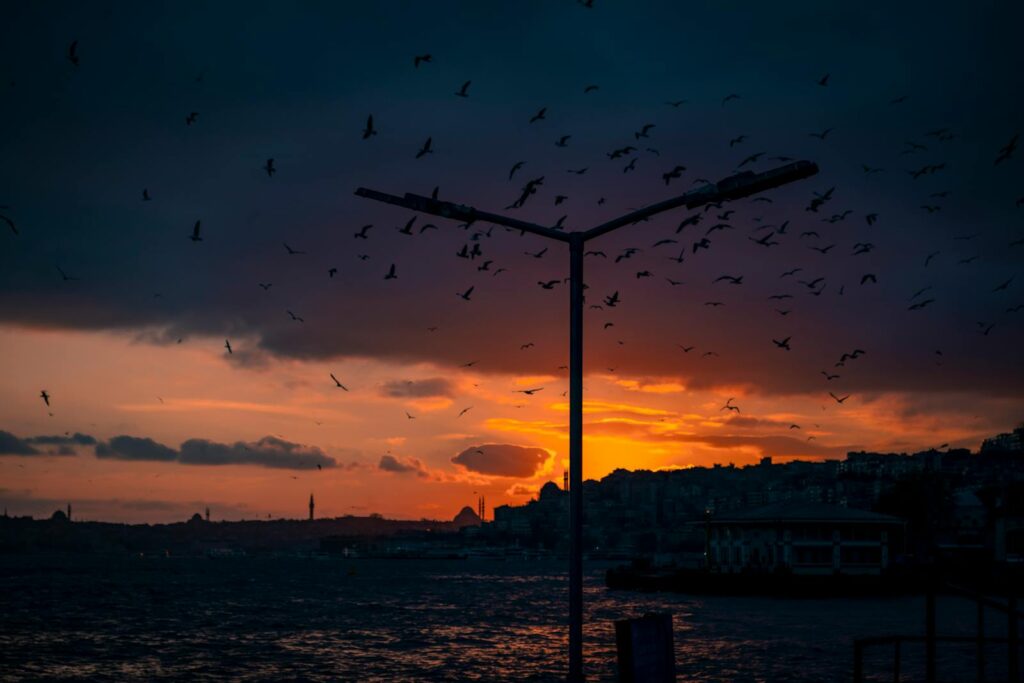
Birds are exhibiting various physiological adaptations to cope with constant light exposure, though these responses often represent compromises rather than optimal solutions. Studies of urban European blackbirds have shown they can develop partial physiological insensitivity to light at night, with their melatonin production less suppressed by artificial light compared to their forest-dwelling counterparts. This apparent adaptation allows urban birds to maintain some semblance of their natural hormonal cycles despite living in illuminated environments. Researchers have also documented changes in stress hormone levels, with some urban birds showing blunted corticosterone responses to stressors, suggesting a form of physiological accommodation to constant light exposure. However, these adaptations may come at costs to overall health, as altered hormonal patterns can affect immune function, reproductive timing, and longevity, demonstrating that physiological adaptation to light pollution often involves significant trade-offs.
Breeding Timing Adjustments
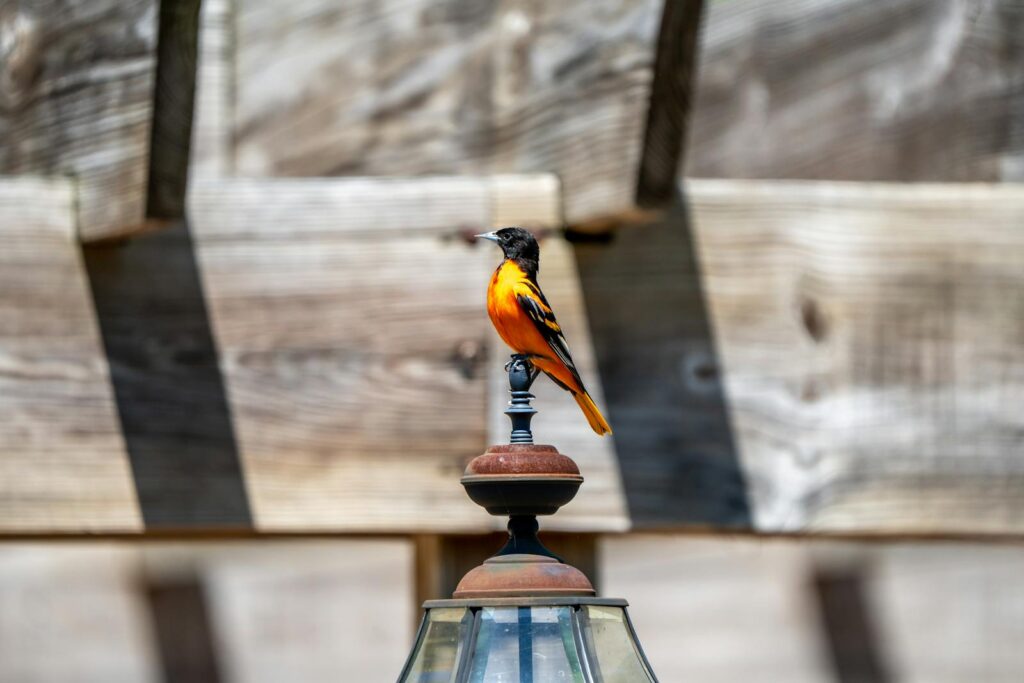
Light pollution has triggered significant changes in breeding timing for many bird species, with some showing remarkable flexibility in adjusting their reproductive schedules. Studies spanning multiple continents have documented earlier egg-laying dates in urban birds exposed to artificial light compared to their rural counterparts, sometimes by as much as three weeks. This advancement in breeding timing appears to be a direct response to the perception of longer days created by artificial lighting, which triggers hormonal changes associated with reproduction. Some species, like the great tit and blue tit, show increasing evidence of adapting to this new normal, with urban populations evolving to better align their breeding with peak food availability despite the artificial advancement of their reproductive timing. However, this adaptation creates potential ecological mismatches for species whose food sources have not similarly adjusted their seasonal timing, highlighting the complex cascading effects that light pollution can have on ecological interactions.
Behavioral Adaptations in Nest Site Selection

Birds are increasingly demonstrating strategic adaptations in their nest site selection in response to artificial lighting. Research on European blackbirds has shown that urban individuals preferentially select nesting locations that minimize exposure to direct artificial light, such as sites with dense foliage that blocks street lights. Some species, including American robins and mourning doves, have been observed building nests that incorporate more covering material in urban environments, potentially serving to shield them and their offspring from excessive light exposure during rest periods. These behavioral adaptations suggest a level of plasticity that allows birds to mitigate some effects of light pollution through active choice. Long-term studies in cities have documented generational shifts in nest placement, with birds increasingly selecting locations that optimize the balance between safety from predators and minimization of light disturbance, suggesting that this behavioral adaptation may be becoming established in urban bird populations.
Urban Tolerance and Population Adaptations
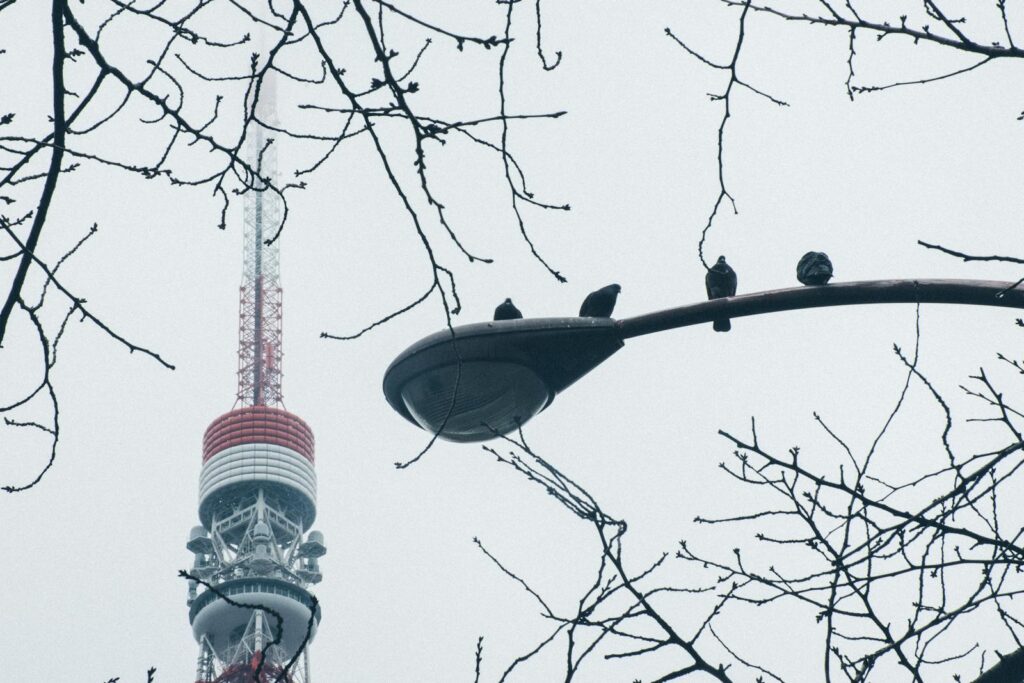
Not all bird species respond equally to light pollution, and researchers are documenting the emergence of what they call “urban-tolerant” populations that show enhanced ability to thrive despite artificial lighting. Studies comparing urban and rural populations of the same species, such as European blackbirds and great tits, have revealed genetic differences associated with circadian rhythm regulation, suggesting that natural selection may be favoring individuals better able to cope with light pollution. In highly urbanized areas, researchers have documented shifts in species composition, with light-tolerant species becoming more dominant in bird communities over time. These population-level adaptations represent microevolutionary responses occurring over relatively short timescales of decades rather than centuries, demonstrating how quickly birds can adapt when under strong selection pressure. However, this adaptation comes with concerning implications for biodiversity, as less adaptable species may be filtered out of urban environments, potentially reducing the overall richness of bird communities in illuminated landscapes.
Cognitive Adaptations to Light-Dominated Environments
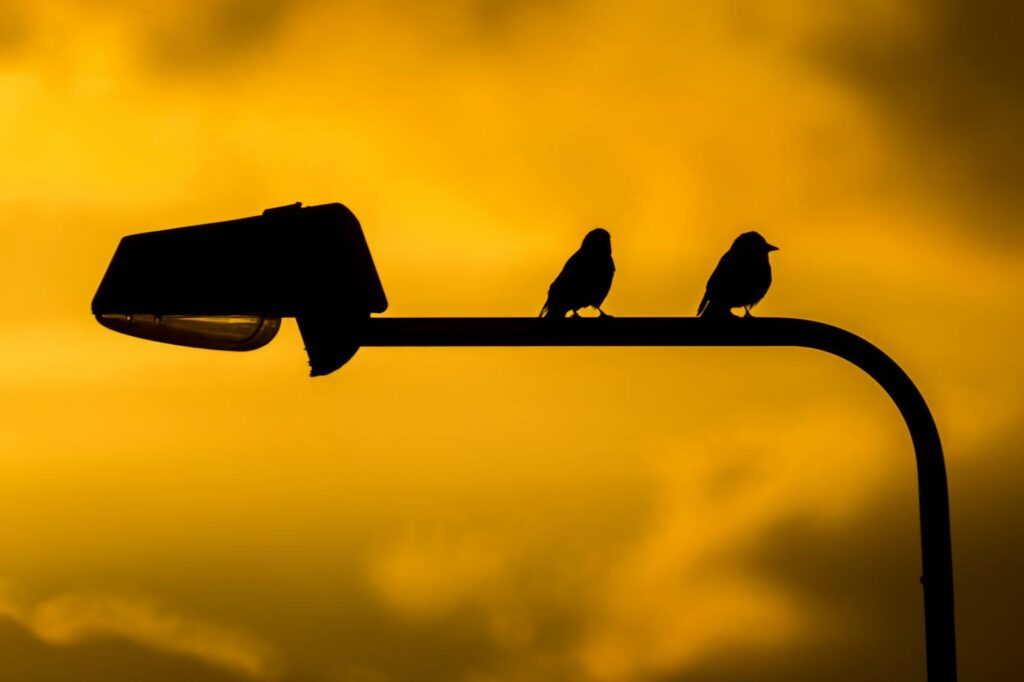
Emerging research suggests that birds living in light-polluted environments may be developing cognitive adaptations to navigate and survive in these novel conditions. Birds in urban areas have been documented showing enhanced problem-solving abilities compared to their rural counterparts, potentially reflecting cognitive flexibility that helps them cope with rapidly changing environmental conditions including artificial lighting. Studies of urban great tits have revealed they can learn to associate artificial light with food resources, effectively exploiting the novel ecological opportunities created by human activity. Neurological studies of birds exposed to light pollution show changes in brain regions associated with circadian regulation and cognitive processing, suggesting physiological restructuring that may support functioning in illuminated environments. These cognitive adaptations represent some of the most sophisticated responses to light pollution, as they allow birds to not merely tolerate artificial lighting but to actively incorporate it into their ecological strategies.
Species-Specific Adaptation Differences
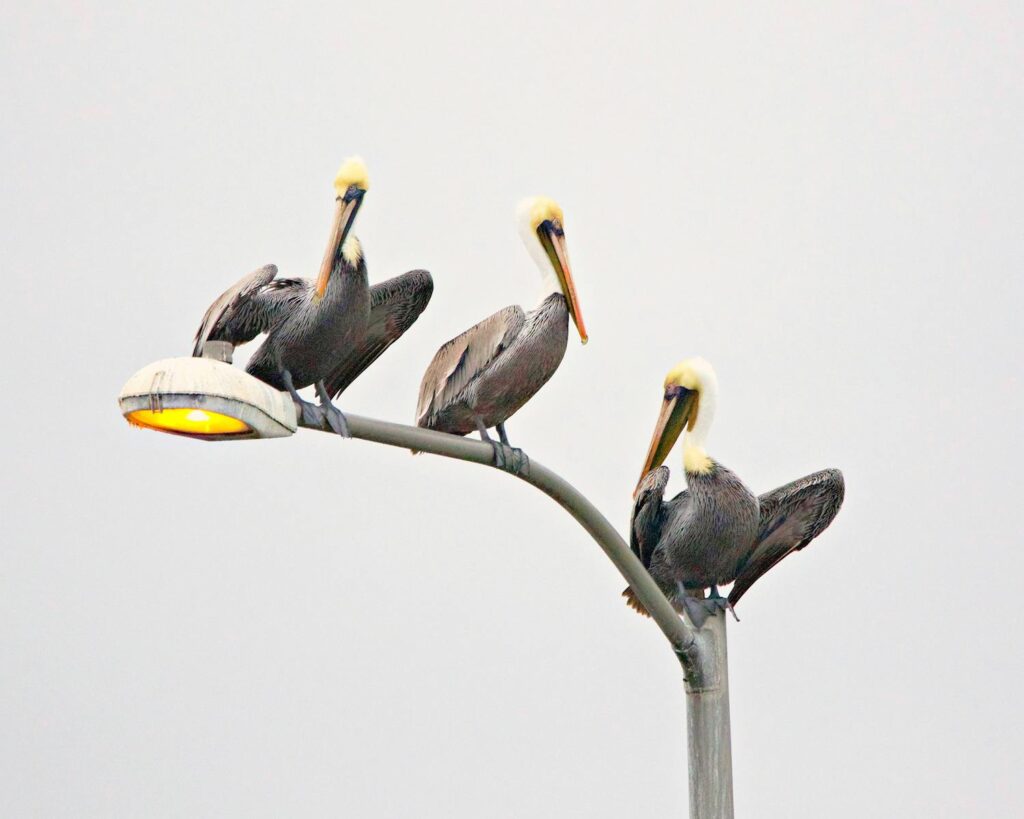
The capacity to adapt to light pollution varies dramatically across bird species, creating winners and losers in artificially illuminated environments. Generalist species with flexible diets and behaviors, such as American crows, European starlings, and house sparrows, show enhanced ability to adapt to light pollution and may even benefit from it through extended foraging opportunities. In contrast, highly specialized species, particularly those with strict nocturnal habits like many owl species, show less capacity for adaptation and often experience population declines in areas with extensive light pollution. Migratory species face particular challenges, as they must adapt to varying light conditions across their range, with research indicating that long-distance migrants show less adaptive capacity than short-distance or resident species. These species-specific differences in adaptability have significant implications for conservation planning, as they help predict which birds will need more targeted interventions to survive in our increasingly illuminated world.
The Limits of Adaptation
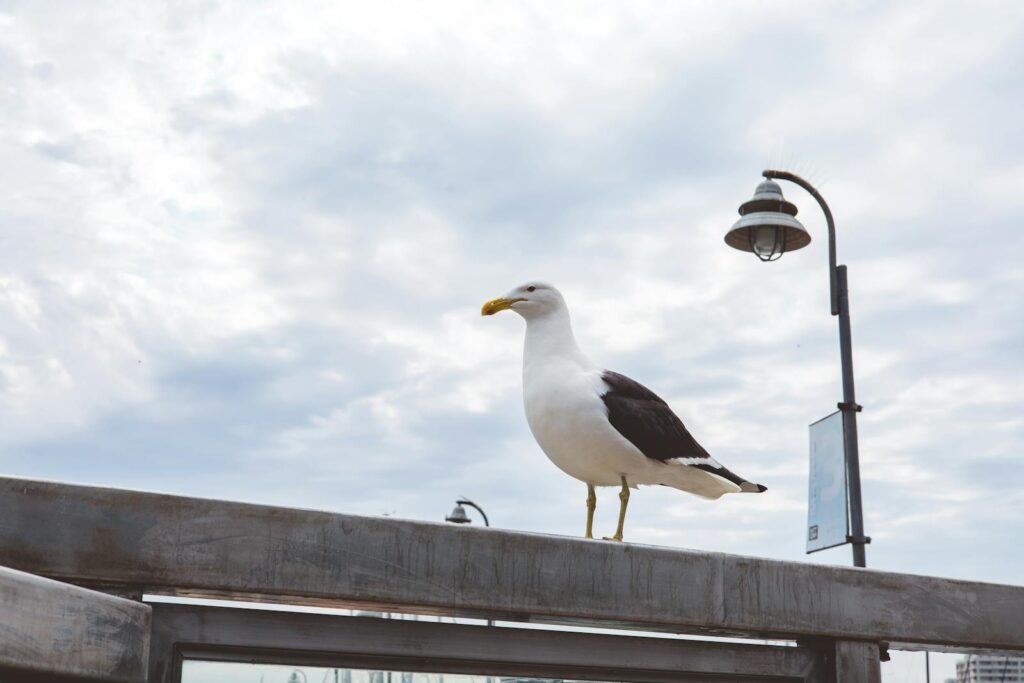
Despite birds’ remarkable adaptability, researchers are identifying clear limitations to how far they can adapt to light pollution without negative consequences. Studies tracking urban bird populations over multiple decades reveal that while initial adaptation may occur, many species reach physiological limits beyond which coping mechanisms begin to fail, leading to reduced reproductive success or population declines. Light pollution often acts as a stressor in combination with other urban challenges like noise pollution, habitat fragmentation, and chemical contaminants, creating complex pressures that may exceed birds’ adaptive capacity. Particularly concerning are findings that some apparent adaptations, such as extended activity periods, may actually represent ecological traps rather than beneficial adaptations—behaviors that seem advantageous in the short term but lead to negative consequences for survival or reproduction over longer timeframes. These limitations highlight that while birds show impressive flexibility in responding to light pollution, natural adaptation alone cannot be expected to fully protect avian biodiversity as artificial lighting continues to increase globally.
Conservation Implications and Human Interventions
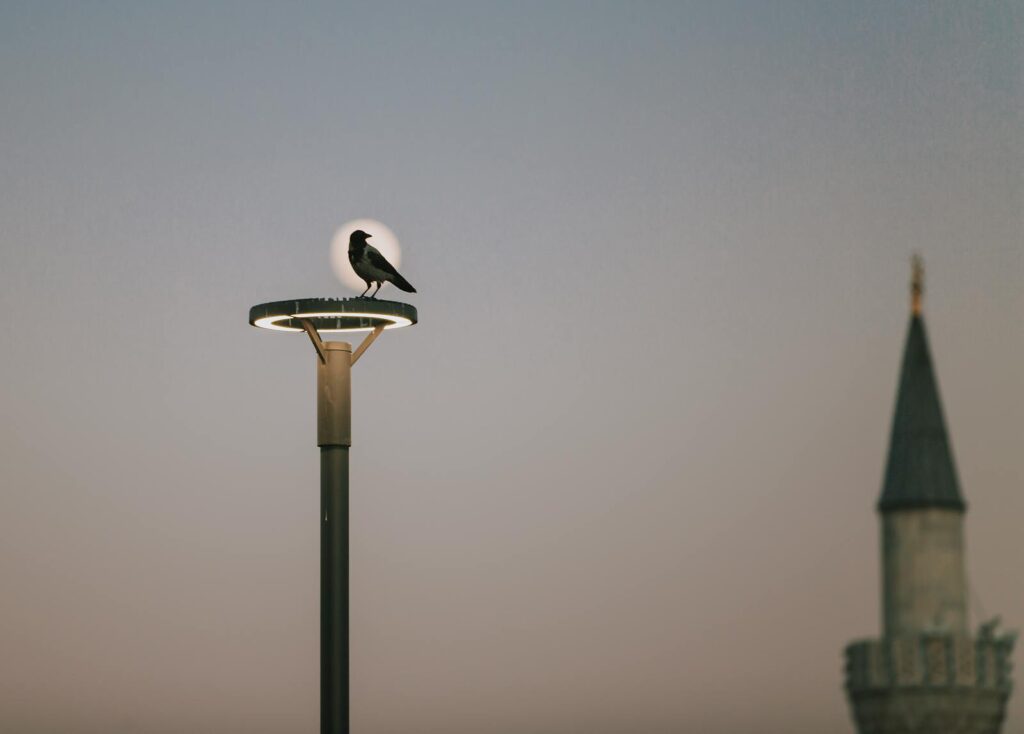
Understanding birds’ adaptations to light pollution is informing increasingly sophisticated conservation interventions designed to support these adjustments while minimizing harmful impacts. Cities worldwide are implementing “dark sky” initiatives that include directional lighting, reduced blue light emissions (which birds find particularly disruptive), and programmed dimming during critical migration periods. Conservation biologists are identifying and protecting “dark refuges” where birds can escape light pollution, recognizing these areas as crucial for species that cannot fully adapt to illuminated conditions. Some municipalities have created “lights-out” programs during peak migration seasons, dramatically reducing bird collisions with illuminated buildings and giving nocturnal migrants a better chance to maintain their natural navigation behaviors. These human interventions, informed by research on birds’ adaptive capabilities and limitations, represent a complementary approach to natural adaptation—creating conditions that work with, rather than against, birds’ evolutionary capacity to respond to environmental change.
Conclusion
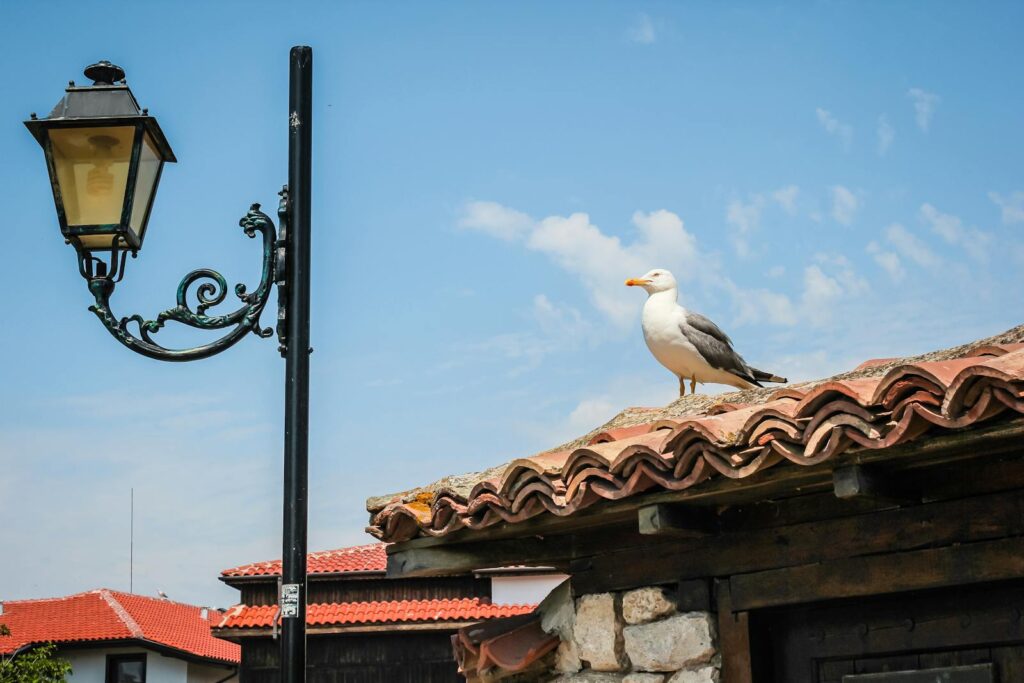
As artificial light continues to transform our nighttime environment, birds are demonstrating remarkable—though imperfect—capacities to adapt. From altered singing and foraging behaviors to physiological adjustments and cognitive flexibility, birds are employing diverse strategies to cope with illuminated landscapes. These adaptations highlight both the resilience of avian species and the extraordinary pressure that human activity places on wildlife. However, natural adaptation has its limits, and not all species can adjust quickly enough to keep pace with rapidly increasing light pollution. The most promising approach to protecting bird biodiversity in our brightening world combines supporting natural adaptations while simultaneously reducing unnecessary light pollution through thoughtful human interventions. By understanding how birds are adapting to light pollution, we gain crucial insights not only into avian ecology but also into how we might better design our illuminated world to accommodate the needs of the creatures with whom we share it.
